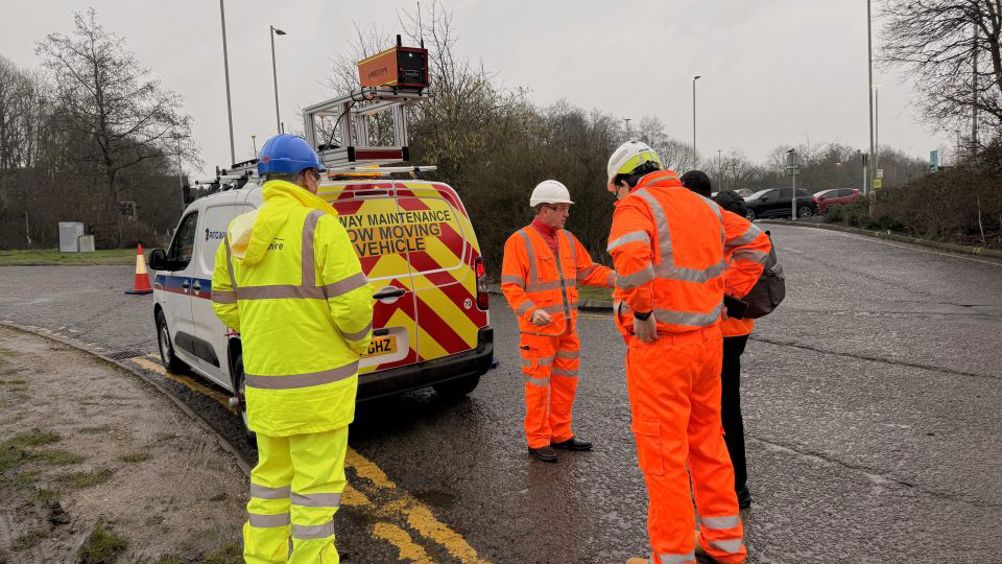AI could stop potholes becoming a menace to motorists
AI is being deployed by Hertfordshire County Council to identify roads that could benefit from preventative road maintenance before potholes emerge.

The council is using Robotiz3d’s patent-pending ARRES EYE in the trial, which is placed on a roof rack at the back of a vehicle to scan road surfaces and identify potholes, cracks, and areas of weakness across the county’s road network.
Defect dimensions, location, and severity level are displayed on a remote screen in near real-time, helping highways engineers to plan road resurfacing programmes and pothole fixes more effectively. Hertfordshire County Council’s Highways engineers have been collaborating closely with scientists from Robotiz3d to help refine the technology, which started as a research project at Liverpool University in 2016.
After initial trials and testing on a short route in 2024, the ARRES Eye is now back in Hertfordshire for a long-term test.
The Eye will be used to survey a trial route multiple times over a period of several months using its laser technology to read the road surface and look for tiny changes as cracks widen in the cold and wet winter weather.
Register now to continue reading
Thanks for visiting The Engineer. You’ve now reached your monthly limit of news stories. Register for free to unlock unlimited access to all of our news coverage, as well as premium content including opinion, in-depth features and special reports.
Benefits of registering
-
In-depth insights and coverage of key emerging trends
-
Unrestricted access to special reports throughout the year
-
Daily technology news delivered straight to your inbox










Water Sector Talent Exodus Could Cripple The Sector
Maybe if things are essential for the running of a country and we want to pay a fair price we should be running these utilities on a not for profit...